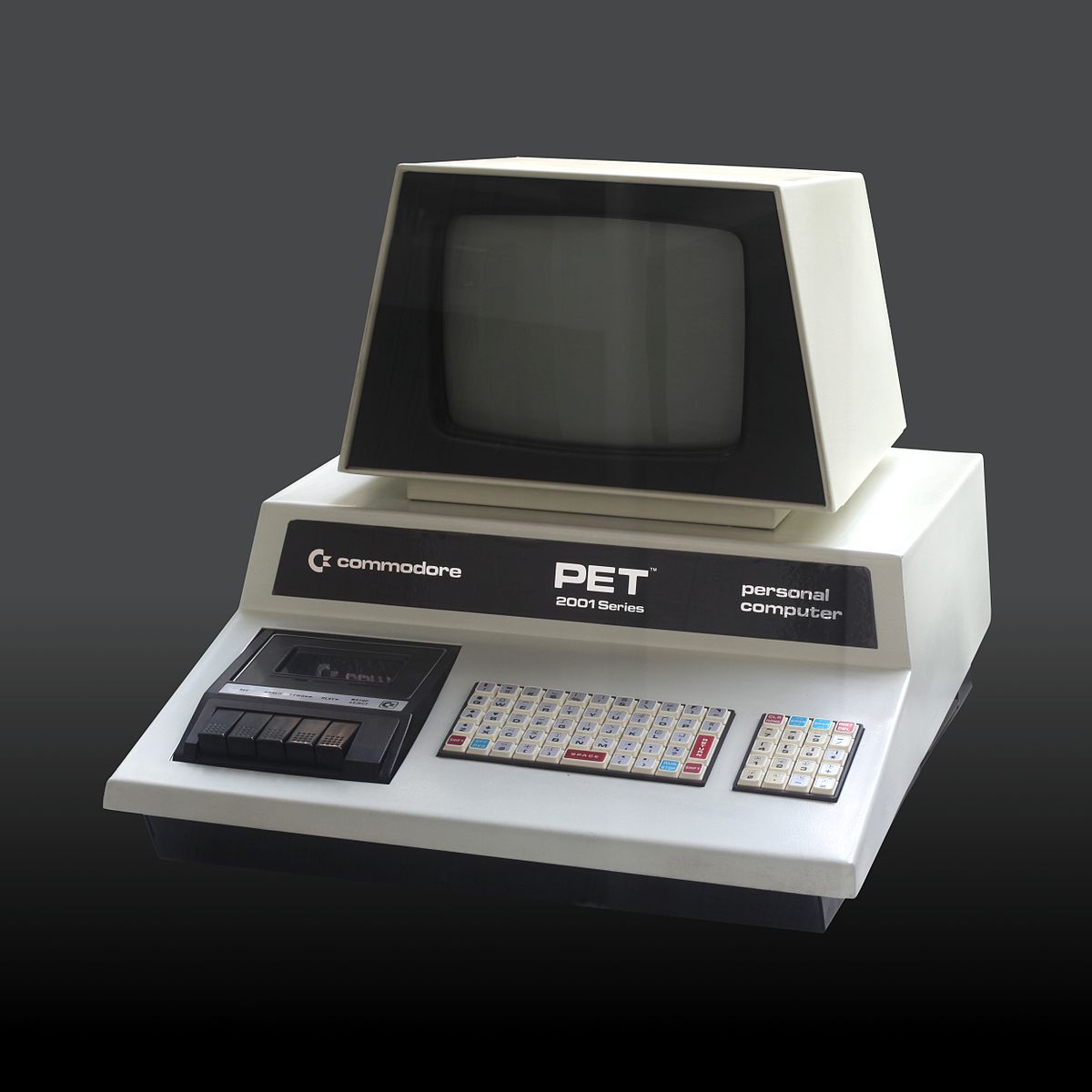
[ad_1]
For the reason that first NFT was minted in 2014, digital artists and collectors have praised blockchain know-how for its usefulness in monitoring provenance, the origin and historical past of a specific paintings. By no means earlier than had artists seen a software that might do all of it just like the blockchain, an immutable digital ledger that information transactions with out the help of galleries or different centralized establishments.
In principle, “minting” a chunk of digital artwork on blockchain serves a number of functions: It paperwork the date an paintings is made, shops on-chain metadata descriptions, and hyperlinks to the crypto wallets of each the artist and purchaser, thus monitoring gross sales historical past considerably mechanically and making it simpler to estimate a chunk’s valuation.
As is widespread with the arrival of any new know-how, individuals embraced this narrative enthusiastically. Lastly, it appeared, artists working in digital mediums had a digitally native methodology for doing what they’d beforehand relied on paper certificates and gallery spreadsheets to do for them.
Blockchain definitely presents a brand new manner of linking provenance to somebody’s digital identification, however the artwork group isn’t abandoning its tried-and-true archival strategies simply but. Regina Harsanyi, a time-based media specialist and assistant artwork curator at The Museum of the Shifting Picture, recommends that artists and collectors familiarize themselves with the entire array of instruments —together with NFTs — utilized by galleries, museums, appraisers, and consumers to doc an paintings’s story.

Checksums: The delivery of digital provenance
Digital artwork provenance goes all the best way again to a cryptographic perform generally known as a checksum, a string of numbers and letters used to detect inconsistencies in a digital file. Checksums use an algorithm to scan the pixels of a digital file and generate a hash perform, which ends up in a string of numbers and letters.
“[A checksum] permits you to primarily use your personal pc to create a fingerprint for a digital asset,” mentioned Harsanyi, who added that she makes use of checksums commonly in her work as a digital artwork conservator. “This can be a very previous know-how that’s been utilized in encryption for many years.”
Any modifications to the file’s pixels will lead to a distinct collection of characters, thereby confirming if a file is identical as the unique.
{Hardware} options
Digital artists have additionally used varied {hardware} options as each storage programs and provenance verification instruments. Over time, these gadgets have ranged from floppy discs, cassette tapes, and CD ROMs to USB and exterior laborious drives — and even the computer systems on which the artist created their items.
“On actually early private computer systems — particularly the Commodore or the Texas Instrument — you used to have the ability to again up your information with a cassette participant,” explains American artist Siebren Versteeg, who has been working in digital mediums since 1999. “You’ll hit ‘report,’ ship the picture or the information of the file to the cassette participant, it will make it sound not in contrast to that basic AOL noise, and you possibly can play it again into the pc later.”

Nathaniel Stern, an American interdisciplinary artist and scholar who has minted NFT artworks on Quantum, SuperRare and different marketplaces, says he has constructed his personal circuit boards when creating multimedia exhibitions. He recollects a 2004 set up he bought to the Johannesburg Artwork Gallery, which ran on a customized choice of {hardware}. His set up included a two-sided display, cameras, and projection gear working software program that Stern coded. Stern bought each piece of bodily gear to the gallery. The sale worth additionally included the gallery’s rights to mortgage out the set up to different establishments and obtain complimentary software program upgrades as wanted.
“To make it really feel particular, I wound up promoting a customized picket USB stick,” Stern recollects. “I put the information on the USB stick, signed the USB stick to Sharpie, and put it in an ornamental field.”
At the moment, an artist may must promote solely the NFT linked to the video as a method to authenticate possession and bestow mental property (IP) rights. Nevertheless, artists should select to promote their work within the type of a {hardware} machine — notably when a file requires a machine with customized specs.
Paper options
Stern says he additionally included a paper certificates of authenticity in his 2004 sale. Certificates of authenticity are nonetheless generally utilized by conventional and digital artists alike. They are often issued by the artist, their agent, a gallery, or a museum. “Something that was ephemeral was often tracked with a easy certificates,” mentioned Versteeg. “I’ve issued a lot of them, and I nonetheless do each time I subject a digital piece.”
Nevertheless, as Elena Zavelev, CEO and co-founder of the artwork schooling group CADAF, factors out, simply because certificates of authenticity are customary observe doesn’t imply they themselves are standardized. “The issue with certificates, as with every different facet of the artwork world, is that there are actually no rules. It’s a extremely unregulated market,” she says.
Nonetheless, Zavelev says paper certificates have all the time labored advantageous, particularly since they often accompany a {hardware} machine containing metadata concerning the paintings’s origin. However when digital artwork strikes to the much more unregulated terrain of the web, she says, provenance begins to get actually slippery.
“With the web, individuals can simply begin copying issues, screenshotting, and video recording from the display,” Zavelev defined. “They’ll current [the artwork] in any manner they need. After which it’s actually laborious for the artist to show that really, the work is by them.”
Gallery options
Together with certificates of authenticity, artwork appraisers and historians acknowledge gallery-issued paperwork as acceptable types of provenance. These paperwork might embrace invoices, labels or stickers, gross sales ledgers, and curatorial spreadsheets.
“We as appraisers do a little bit of detective work,” mentioned Muriel Quancard, a New York-based advantageous artwork appraiser and advisor with 27 years of expertise in transdisciplinary, technology-driven artwork practices. Quancard defined that she ceaselessly appears to be like for labels, emails, gallery receipts, or invoices to show an paintings’s historical past.
Galleries may additionally create non-public databases and ledgers to maintain a report of their gross sales. “These non-public database options are on a case-by-case foundation with sure studios,” mentioned Harsanyi.
Oral provenance
Given the modern nature of digital artwork, most creators are nonetheless alive and might subsequently present oral histories of their work. This reality helps appraisers and collectors confirm info and gives a buffer towards digital artwork theft, defined Zavalev.
“You possibly can simply name this artist and say, ‘Did you produce this paintings presently? And is that this your paintings?’ I believe that’s the great thing about working with the dwelling artists.”
Appraisers themselves additionally, in some methods, act as a dwelling ledger. Nevertheless, Quancard provides that one appraiser can not individually maintain sufficient info of their mind to precisely preserve monitor of the “huge quantity of works which have been produced.”
Why is provenance such a giant deal?
Every of the artists included on this article acknowledged that provenance is necessary, although traditionally, it has been extra of a priority amongst collectors, appraisers, and establishments than for the artists themselves. However right this moment, blockchain has modified the narrative round provenance in each thrilling and questionable methods.
“For me, the provenance of an paintings was the story behind it,” mentioned Stern. “However now it’s about who owned it, who transferred it. […] Individuals, once they imply provenance, imply shopping for [the art] on chain and monitoring each switch.”
The query is, who does provenance profit? Artists or speculators? And does the information recorded on the blockchain fulfill conventional pointers for appraising an paintings’s worth?
“There’s been nothing like that ever earlier than within the historical past of paintings, interval.”
Regina Harsanyi
Quancard argues that, whereas useful, the blockchain’s information is incomplete. For one factor, conventional value determinations consider if an paintings was ever owned by a notable determine. In Web3, many NFT collectors desire to remain nameless, and simply because the general public can monitor the exercise of crypto pockets’s artwork purchases doesn’t imply we all know the identification of the collector behind it.
As well as, formal value determinations should consider pointers from the Inside Income Service, insurance coverage firms, {and professional} requirements such because the Uniform Requirements of Skilled Appraisal Follow. It’s unimaginable to realize an correct understanding of an NFT’s valuation by blockchain metrics alone.
“Appraising is predicated on a strategy,” mentioned Quancard. “Provenance is a giant a part of that,” she added however cautioned collectors towards assuming that monetary metrics like flooring worth and buying and selling quantity present sufficient info.
Curiously, the tradition of hypothesis amongst NFT collectors has additionally elevated the pace and frequency of digital artwork gross sales to never-before-seen ranges, added Harsanyi. Spurred by the latest crypto bull run, hypothesis has run wild prior to now two years, leading to an setting of fixed buying and selling. Digital artwork was comparatively area of interest, Harsanyi defined — if a notable artist bought a piece, it wouldn’t promote once more for years and even many years.
“Now, the identical work sells, like, 20 instances inside a two-year interval,” Harsanyi mentioned. There’s been nothing like that ever earlier than within the historical past of paintings, interval.”
[ad_2]